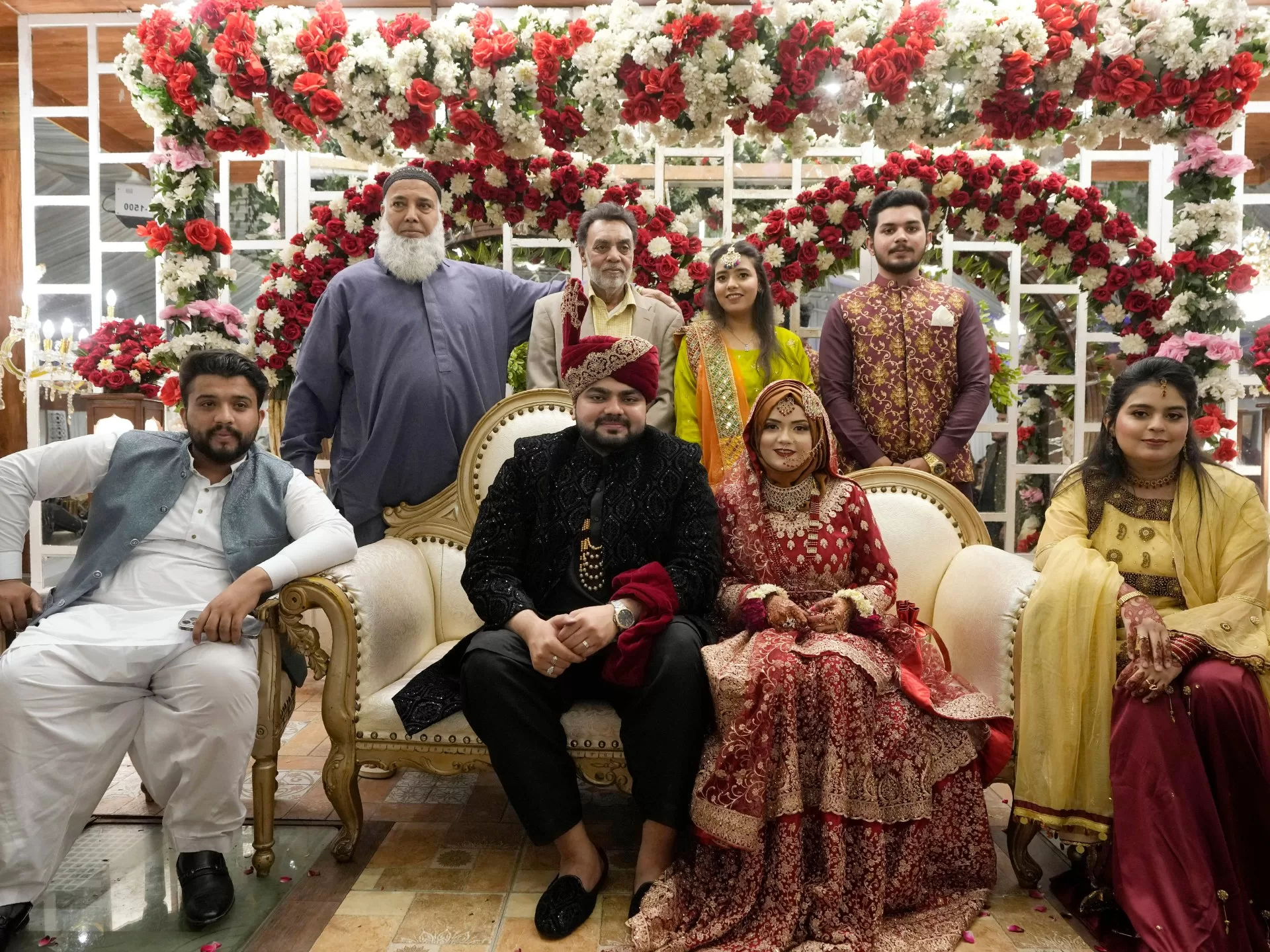During the cooler weather between November and February, millions of people attend weddings every week. Pakistanis living abroad come home from around the world for the season, packing airport arrival halls and five-star hotels.
They even have a name for it: Decemberistan.
“December is when everybody has an excuse to put a pause on worrying, whatever income level you are,” said Karachi-based communications consultant Khizra Munir.
“Everyone’s on the same page that we’re going to live in the moment. It’s a great time to have a reunion, a great excuse to dress up.”
Weddings are one of the few opportunities for people in the predominantly Muslim country to socialise and party. So it is no surprise that people draw them out a bit.
A typical Pakistani wedding means at least three events, and often more: there is the engagement, the gathering when friends and family apply turmeric paste to the bride’s hands and face in a pre-glam ritual, another party for applying henna to the bride’s hands and feet – which, of course, means more music and dancing. The bride gets a procession. So does the groom.
Then there is the cost of all those parties. A wedding event in an upscale banquet hall can cost upwards of 1 million rupees ($3,576), a hefty price tag in a country with an annual gross domestic product (GDP) per capita of just more than $1,500 and very high inflation. A wealthier family could easily spend 10 to 20 million rupees on a party.
Banks offer loans and other wedding financing of up to 3 million rupees. Welfare institutions, including one of the Pakistani government, support people from disadvantaged backgrounds or low-income households to pay for weddings.
But people still look forward to the wedding season, in spite of its demands on the wallet and wardrobe.
By March, Pakistanis start going back to dealing with the warmer weather and everyday woes, including the bills for all those parties.
But for now, it is still Decemberistan.
